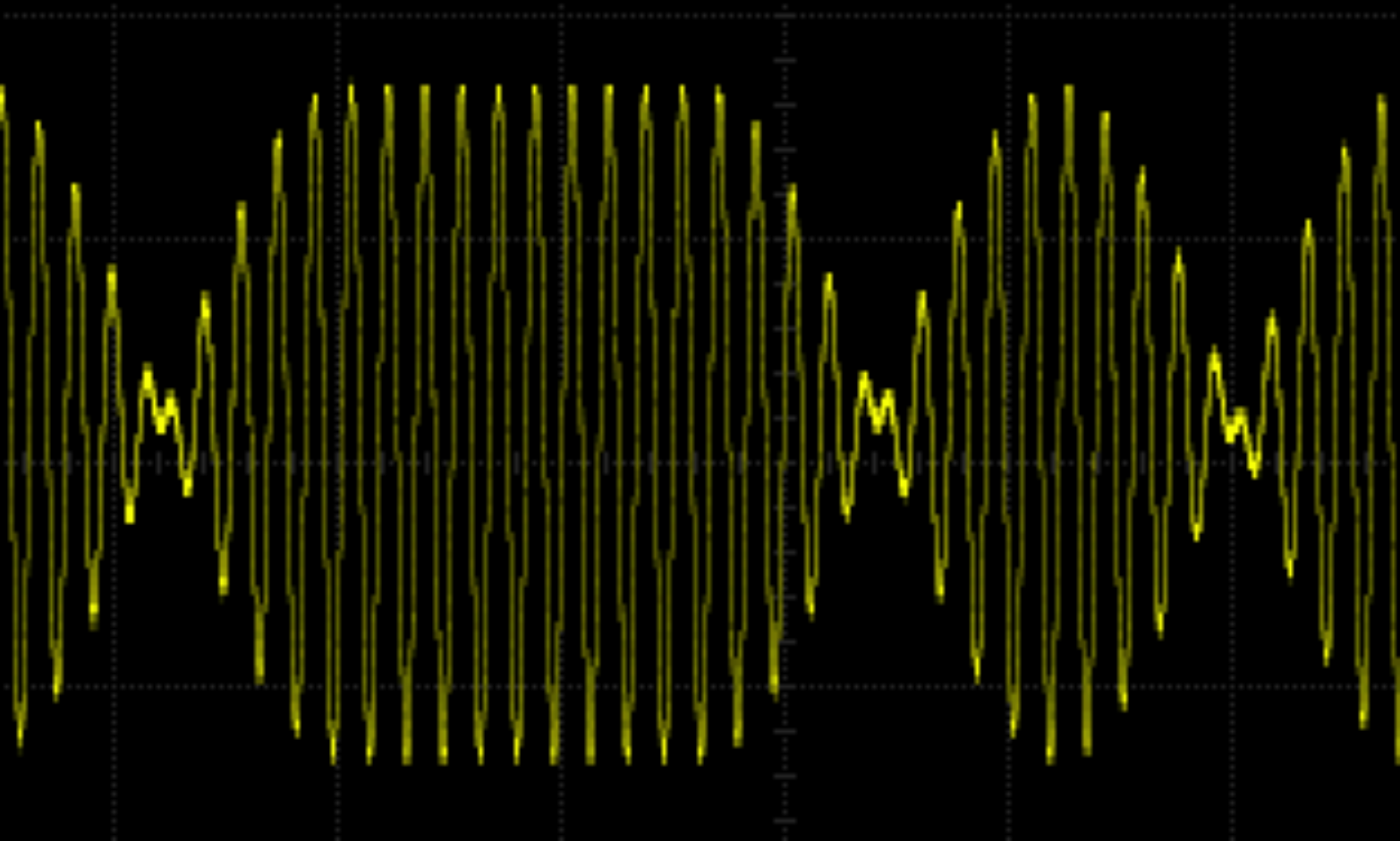I thought it was about time I understood aerials more, so I am building an omnidirectional aerial for LEO satellite use.
I’m hopeful that I will be able to use the aerial in my attic, but if not I’ll use it in the garden. The aerial I’ve picked is documented in the ARRL Antenna Book in one of the supplementary PDFs. The article which describes it was published in QST in 2001 and is called “A Simple Fixed Antenna for VHF/UHF Satellite Work” by L. B. Cebik, W4RNL. I can’t link to it because it is copyrighted by ARRL but I explain most of it below. It is a pair of Moxon rectangles at 90° to each other.
I made a model of the aerial in the excellent Mac application cocoaNEC by Kok Chen, W7AY. The other aerial modelling applications I looked at were all based on spreadsheet tables. I found the programming approach used by cocoaNEC easier to use. Here’s the shape of the aerial as shown by cocoaNEC.

The driven elements are the top ones, and the reflectors are the bottom ones. Both have vertical parts which make up the Moxon rectangles. One of the driven elements is driven from the feeder through a matching line. The other driven element is driven 90° out of phase through a phasing line. This gives the radiation pattern below. This is the VHF version of the aerial. As you can see it is almost omnidirectional but favours elevations that you might expect to be able to use a satellite at.

Cebik Radiation Pattern
This was output by this cocoaNEC program of the Cebik aerial.
